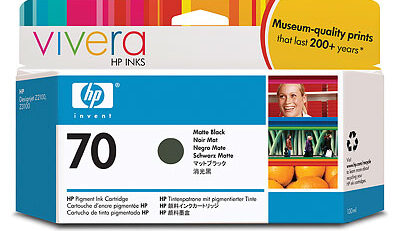No matter how much effort you put into customer service, it’s rare for a business to please 100 percent of their customers. So what happens when a customer is angry with your business? How should small businesses handle customers that had a negative experience with your company? Done right, small business owners can ease an angry customers concerns and even make it likely that same person will shop with you again. Here are five customer service tips to make it happen.
Admit when you are at fault.
Technical error cause a shipping delay? Printer produce a misprinted album or photo print? If the customer has a legitimate complaint, don’t try to place blame elsewhere. Customers are often surprised at the businesses that admit their own mistakes. Sure, admitting when you made a mistake is hard to do, but that immediately gets you started off on the right foot fixing the issue.
Offer a way to make it right.
If the customer has a legitimate complaint, find a way to make it right. If, for example, that photo printer malfunction caused a problem in one of the products the customer received. Replace it. Even better, replace it with overnight shipping and offer a coupon for a future order. That lets customers know that you recognise that their time is valuable, and that the issue is one that you’re working to fix.
Create a system for customer service that takes care of dissatisfied customers immediately.
An angry customer is often quick to find a different business. Small businesses should make it a priority to develop a system that recognises angry customers right away to take care of the problem. Don’t wait before tackling customer complaints. Develop a process so that all of your employees know how to handle customer complaints and so those issues get taken care of quickly.
Use technology to avoid wasting valuable time.
The task of handling angry customers immediately sound like just another thing to add to your long to do list? Offset some of the work that’s necessary for keeping customers happy — and reviews positive — using technology. Small businesses may not have the tools of larger businesses, but there are still a few options for using technology to answer some of the most frequently asked customer questions so time spent on customer service can be better spent on tasks that can’t be automated.
Something as simple as adding an FAQ question to your website and making sure your hours, return policies, location, and other basic details are easy to find will help. Look into creating an automated help bot online — even if you don’t have the resources to build a custom chat bot, small businesses can even create one with services like Facebook Messenger without spending a lot of money.
Consistency is key.
Small business owners should work to ensure customers are receiving a consistent experience across the board. The customer with the $20 order should be treated the same way as the customer with the $200 order. Work to make sure your customer experience is positive no matter how customers shop, whether that’s online or in store.
Businesses are bound to have unhappy customers sometimes — but how you manage those customers says a lot about your business — and could even encourage those customers to try your business again.


